By the Bus Stop
Started in 2001, a 10-year study of London’s bus stops, photographs that resemble Renaissance tableaus—brief congregations of people never to be repeated.
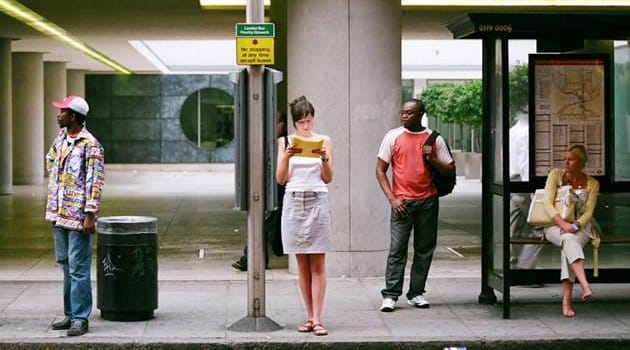
Interview by Rosecrans Baldwin
The Morning News: What’s your preferred mode of transportation?
Richard Hooker: The bicycle or two feet. I used a BMX to get about for a lot of this project, which was perfect for the job. (I’ve since upgraded to something a bit more grown up.) Continue reading ↓
All images used with permission, © copyright the artist, all rights reserved.


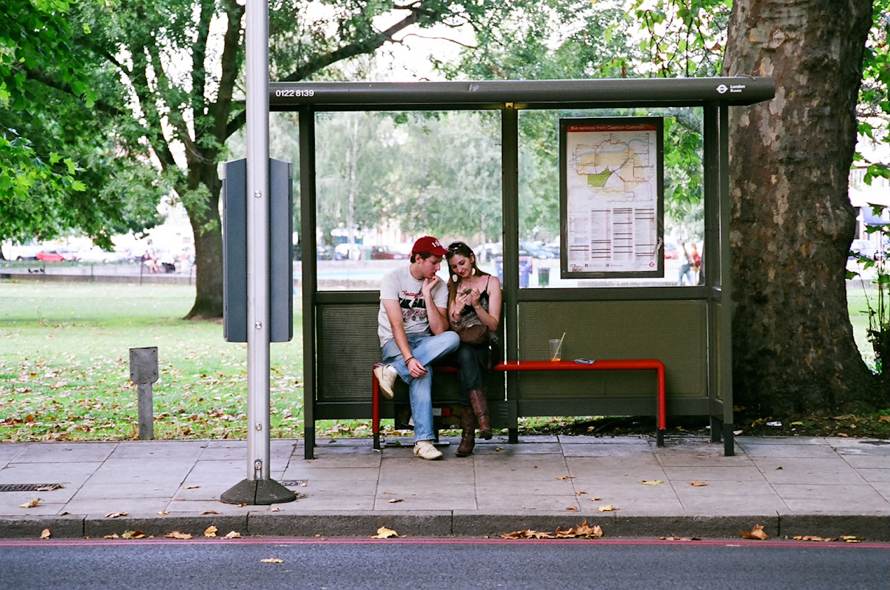
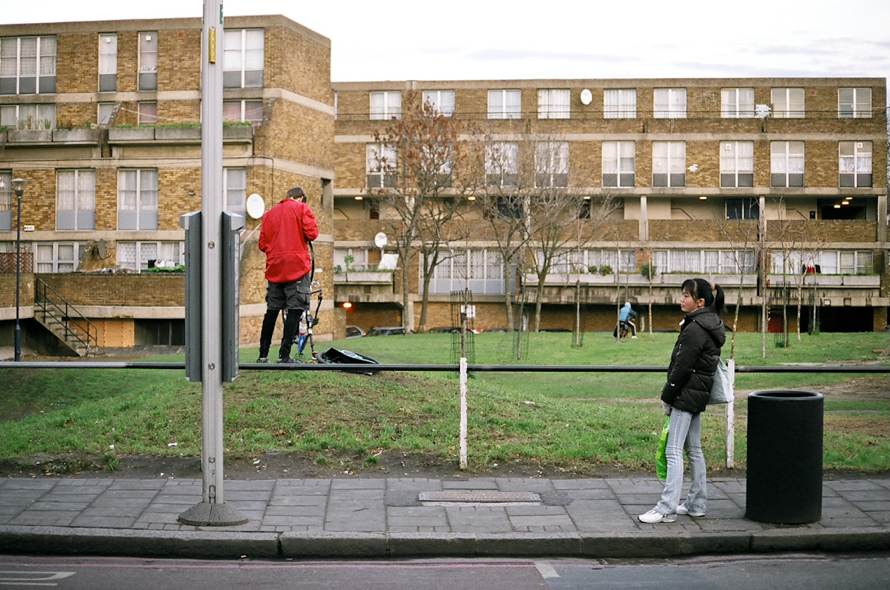
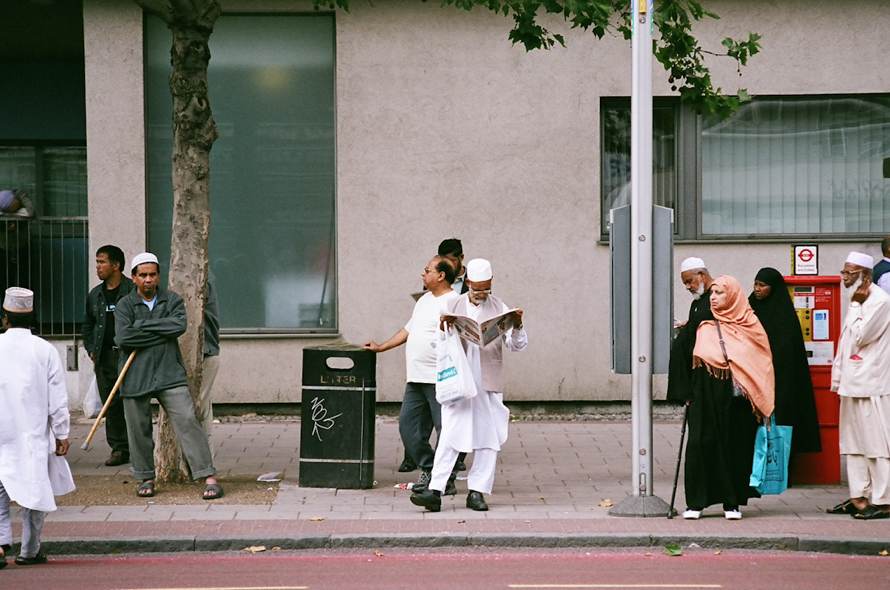
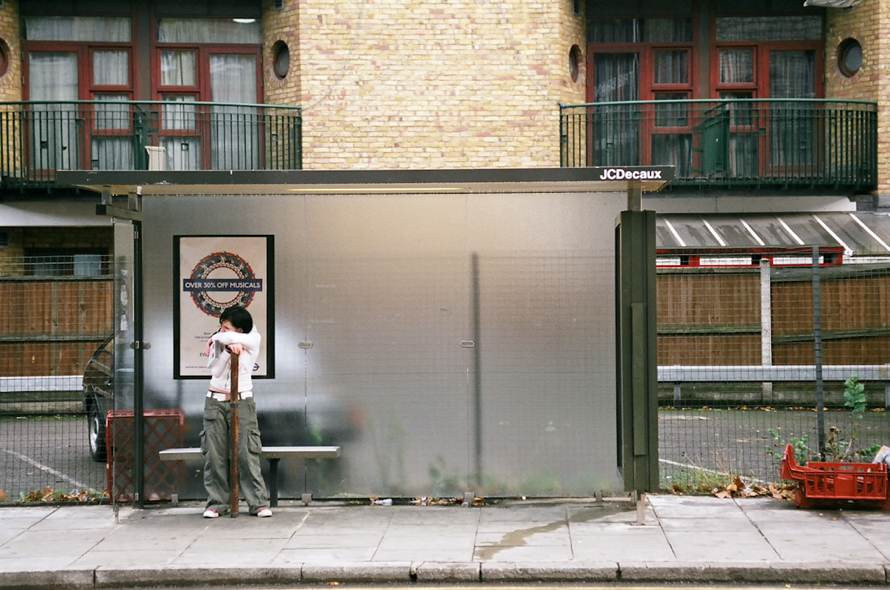
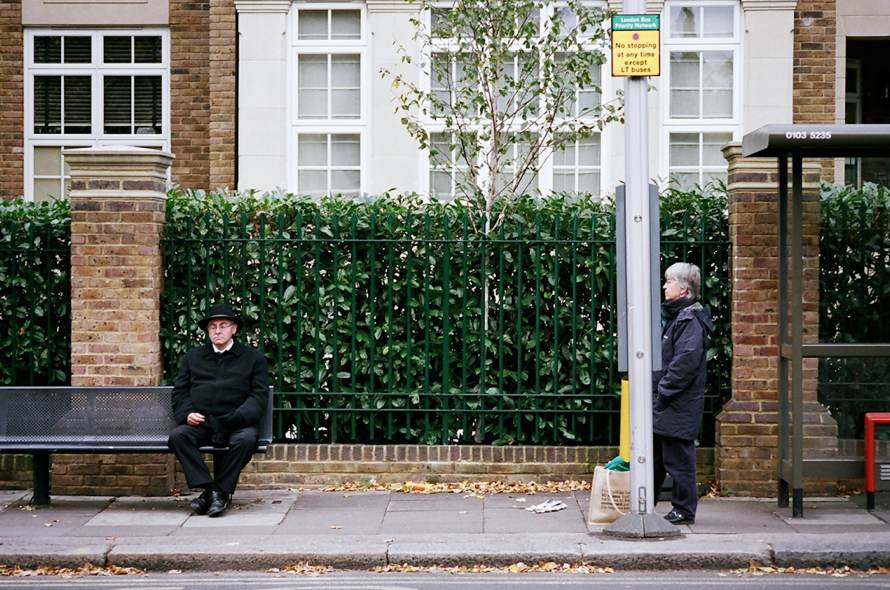
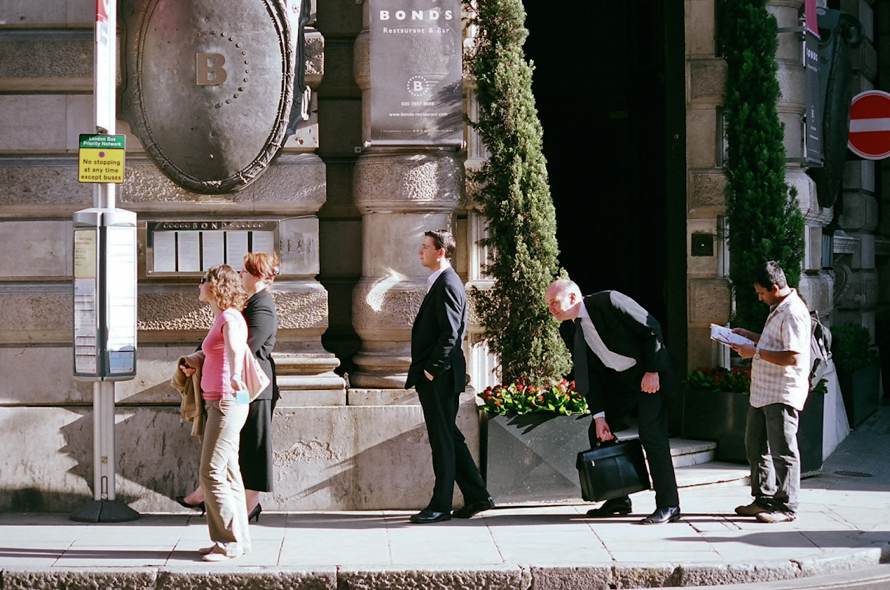
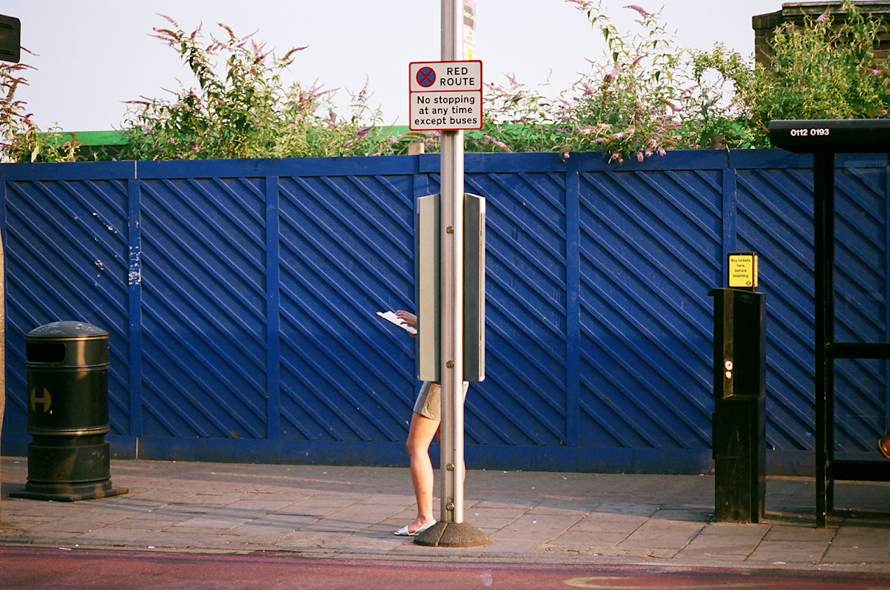




Interview continued
TMN: Could you redo this series in airport waiting lounges?
RH: I’m not sure if you can ever really redo anything quite the same. The result always turns out slightly differently the next time. So in that respect this series will always be unique. I think a very different set of images would emerge from airport waiting lounges. The context is very different, which might make the project’s focal point and editing process completely different too.
A photographer called Florian Böhm once did a brilliant project called “Waiting for the Walk,” documenting people waiting for the walk sign on New York city’s busy crossroads. But his results were very different—partly because of the location, partly the context, the equipment he used, the fact it was New Yorkers not Londoners, and also because his vision was different too. The approach might be different now even to the same project 10 years on. I also deliberately chose the bus stop because it felt like the most democratic form of transport in London, so as a meeting point, it attracts an incredibly diverse range of people.
TMN: When do you know a project’s done?
RH: I’m not sure if a project is ever really done. You simply run out of time, money, the will, or a better idea comes along.
TMN: What’s your favourite camera at the moment?
RH: I’m afraid at the moment it’s my iPhone. I hope that changes back to a proper camera soon.
TMN: What’s your favourite household appliance?
RH: The kettle—vital for tea and coffee.
TMN: What are you least aware of when you’re working?
RH: How all the hours spent working sometimes affects those I love the most.
TMN: Any artists you particularly admire for their humanism?
RH: I don’t know. I’d have to go away and research that one. But with so many new tools and platforms now, we all seem to be better at capturing each other and our own moments, as well as sharing and commenting on them.
TMN: When was the last time you stood in front a piece of art and were confused?
RH: Probably whilst at work today staring at my screen trying to make sense of design problem.
TMN: Henri Cartier-Bresson reportedly said, “Of course it’s all luck.”
RH: I guess in the context of photography then there is some truth in that, just as there is as much truth in the fact you also generally make your own luck. A good photograph is usually the end result of a whole series of things—education and practice for a start, choosing the right project, meeting the right people, researching the best location and time of day, getting into the best position and so on. In that respect every decision made well gets you closer to a “lucky” result.
For example, a few years before Magnum was founded in 1947, Cartier-Bresson took three attempts to escape a prisoner-of-war camp in occupied France, and later travelled a long way to dig up his Leica from a field near Vosges (where he’d hidden it back in 1940). All so he could then go on to document the liberation in Paris. So I guess you can get lucky when capturing a moment, but you still have to get there first. And of course not everything which you thought was lucky ends up remaining in good fortune, just as unlucky things or moments sometimes turn good. I guess I’d say it’s all “swings and roundabouts.”
